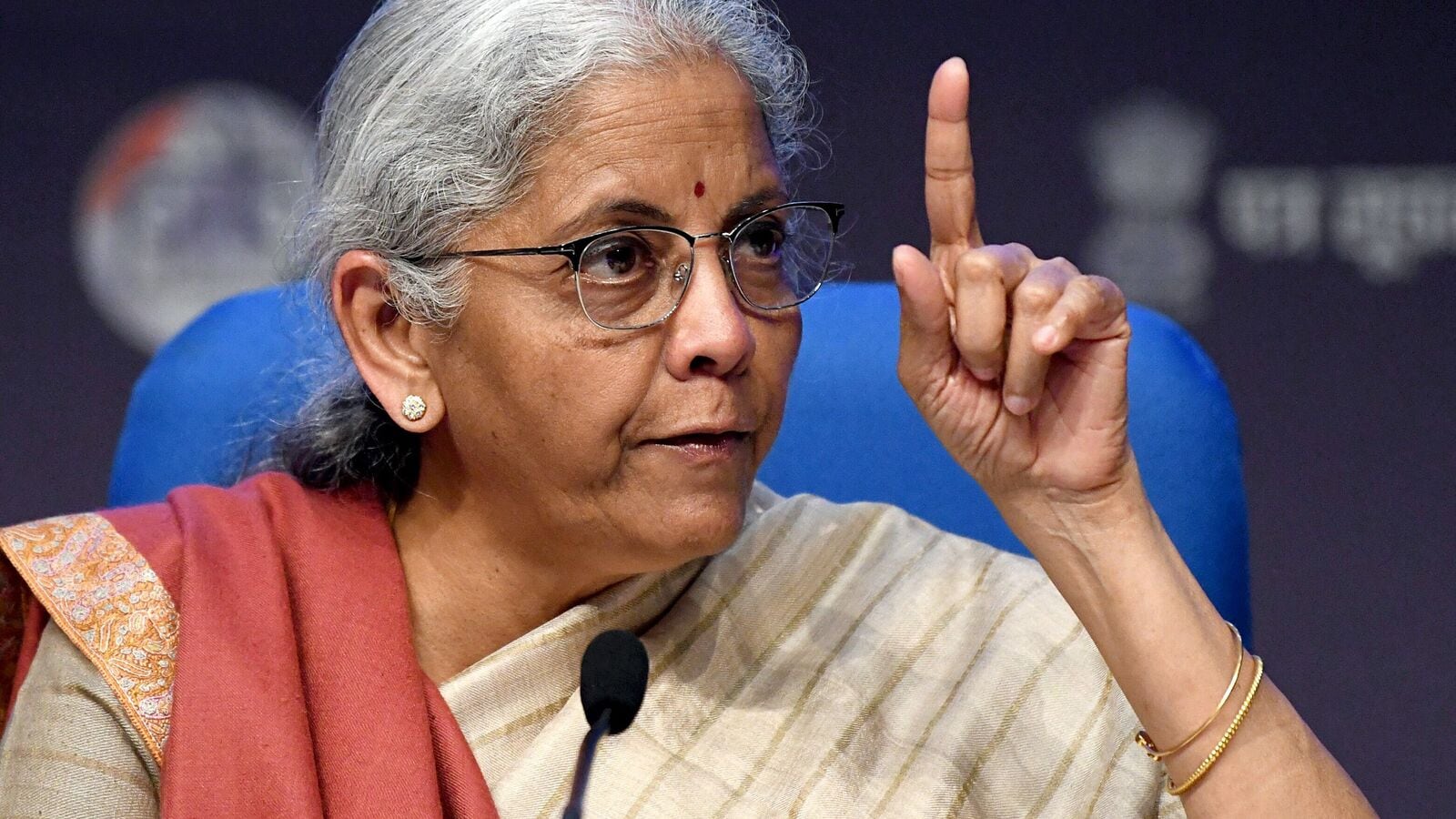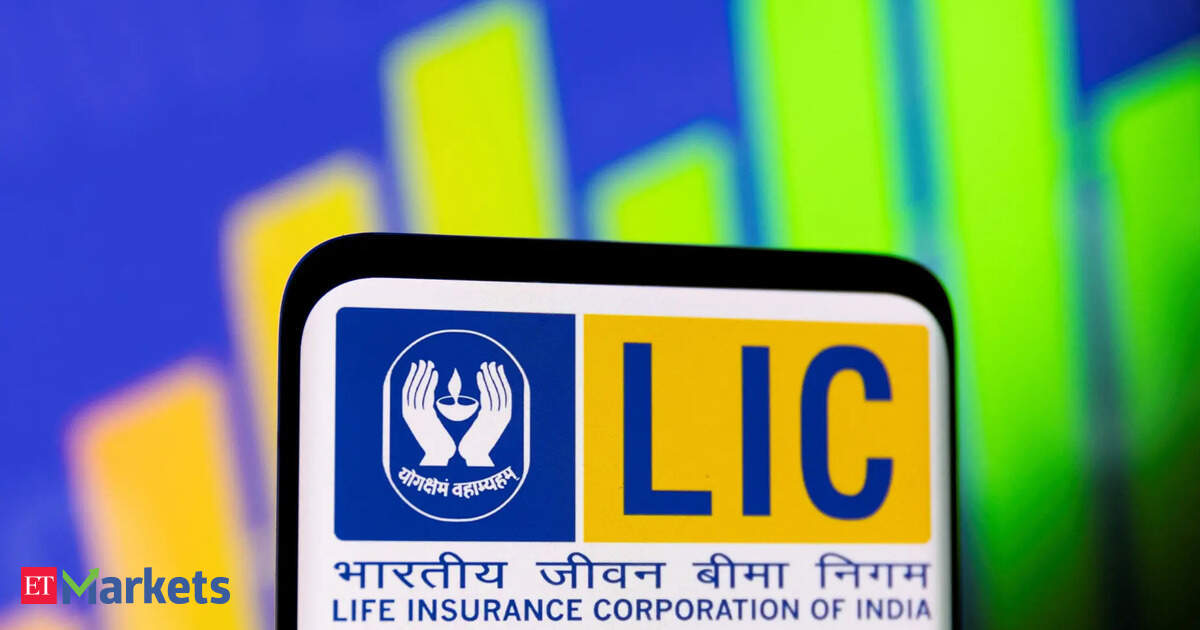Experts stress balanced diets with B12-rich foods, fortified options, and early screening for deficiencies.

Anemia, traditionally linked to iron deficiency, is now being increasingly attributed to air pollution and vitamin B12 deficiency, experts highlighted, noting these emerging factors are contributing to its rising prevalence in the country.
Anemia occurs when there isn’t enough hemoglobin in the blood to transport oxygen throughout the body. It primarily affects women and children and leads to a reduction in red blood cells or hemoglobin levels. In severe cases, it can hinder cognitive and motor development in children.
New Insights on Anemia Causes in India
“Recent research indicates that anemia in India is not exclusively caused by iron deficiency. Two other significant contributors are air pollution and vitamin B12 deficiency,” explained Dr. K Madan Gopal, a public health expert with the National Health Systems Resource Center, a key policy think tank under the Health Ministry in New Delhi, in an interview with IANS.
A study conducted by the Indian Council of Medical Research (ICMR) and published in the European Journal of Clinical Nutrition suggests that iron deficiency plays a minor role in the widespread incidence of anemia, with air pollution and vitamin B12 deficiency having a far greater impact.
“Efforts to improve air quality at the community level, such as monitoring pollution sources and educating the public on pollution control, can help reduce inflammation and its contribution to anemia,” he said.
Dr. Sabine Kapasi, advisor to the United Nations Covid-19 Task Force, added that prolonged exposure to PM2.5 can reduce hemoglobin levels by 2-3%, heightening the risk of anemia by 12-15%.
In addition to air pollution, vitamin B12 deficiency is another major cause. This vitamin is essential for the proper formation of red blood cells, and populations with diets that are predominantly vegetarian are especially vulnerable. “Over 50% of Indians suffer from a B12 deficiency, largely due to dietary gaps, leading to megaloblastic anemia, which is characterized by weakness, dizziness, and cognitive impairment,” Kapasi explained.
Anemia continues to be a major public health issue in India, with data from the National Family Health Survey (NFHS-5) showing that about 57% of women of reproductive age and 67% of children aged 6-59 months are affected.
The government’s Anemia Mukt Bharat initiative, aimed at tackling anemia, focuses on iron and folic acid supplementation, fortifying staple foods, and strengthening primary healthcare services.
However, Dr. Gopal emphasized that combating anemia requires a more community-focused approach. “Local health workers, community leaders, and NGOs must be empowered to take ownership of anemia as a critical health issue. Nutritional education should be integrated into local outreach programs to encourage diversified diets and better hygiene practices. At the grassroots level, anemia needs to be recognized as a pressing concern,” he said.
They also advocate for a comprehensive approach that includes fortifying foods like rice and wheat, increasing nutrition awareness, and addressing environmental factors such as air pollution to effectively combat anemia.
Source-Medindia














Leave a Reply